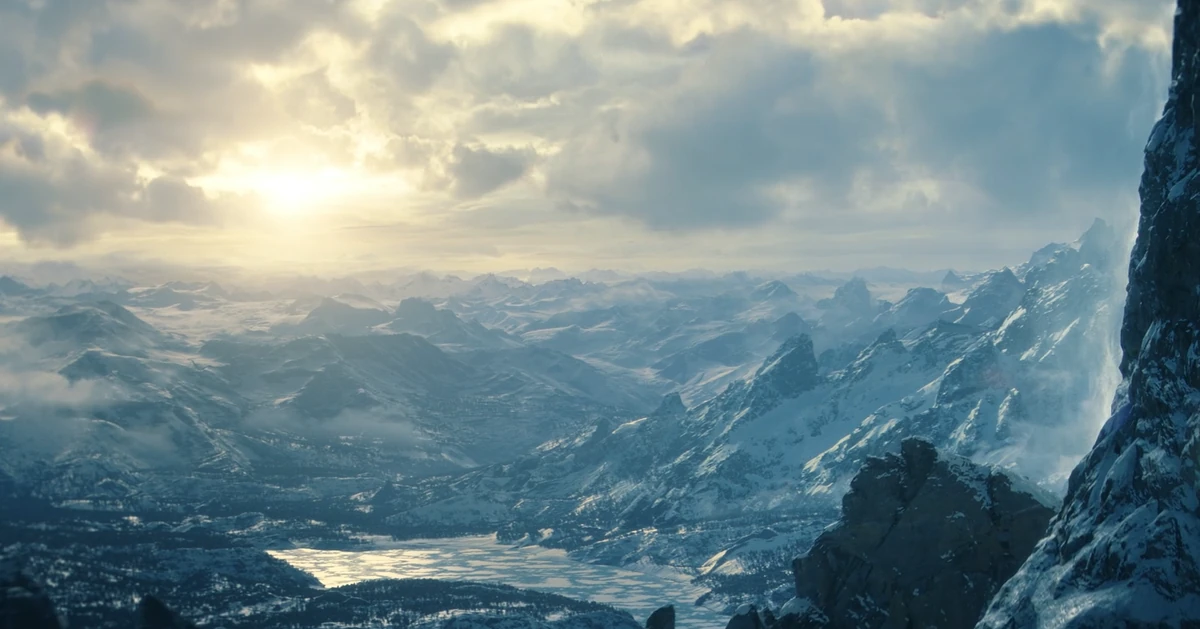
The Roads Less Traveled in Arda
Within Tolkien’s Legendarium, we are introduced to a plethora of different locations—most of which we know a great deal about. But there are some places within the world of Arda that Tolkien leaves rather obscure, in the hope that we fill in the blanks with our own imaginations. Today, I want to highlight some of these mysterious and obscure locations within Tolkien’s universe, in the hopes that more people learn about Tolkien’s amazing and dense worldbuilding.
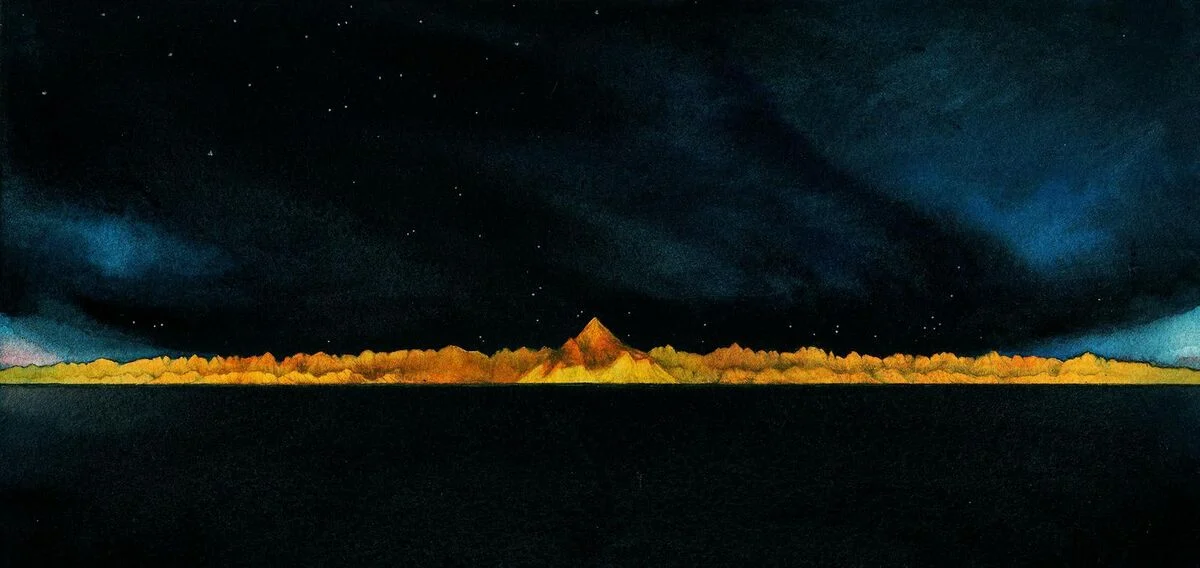
The Land of the Sun and The Walls of the Sun
There are quite a few continents on Arda, or at least there were at one time before a couple sank beneath the water. One of the least talked about of the continents within Tolkien’s writings is the Land of the Sun. The Land of the Sun was situated far to the east and away from both Beleriand and Middle-earth. It corresponded with Aman which lay to the West on the opposite side of Arda. Not much is known of this continent outside of a very large and widespread mountain range called The Walls of the Sun. The Walls of the Sun were curved-shaped, and like the continent it was on, it too corresponded symmetrically with a similar structure that lay to the west: Aman’s own mountain range, Pelori. After the Changing of the World, The Land of the Sun was compromised and became part of the Empty Lands, which were places that Eru “cast back” after the world became round.
Personally, I like to think that The Land of the Sun was home to the Dragons of Tolkien’s writings. While we never get a clear-cut answer on where the fantastic beasts come from in Arda, I would like to think that they have their very own land far to the East and away from the many free-peoples.
Other names for The Land of the Sea include Eastland, Easterness, Burnt Land of the Sea, and Eastern Land.
Rhun
One of the more prominent locations on this list, Rhun, lies to the East of many of the more well-known places in Middle-earth. It is home to the Easterlings, and while not much is known about its geography, we do know that it has many hills and forests, as well as the inland to the Sea of Rhun. Many obscure creatures also call Rhun home, including the Kine of Araw, a type of wild, white oxen that grazes Rhun’s fields.
Fun fact: It was actually near Rhun where the First Elves awoke in Middle-earth. After most of them moved far westward, some stayed behind, and they were the Elves that would be called the Avari (also known as Dark-elves or Wild Elves) as they were unwilling to follow Orome and their Elven-kin to the West of Middle-earth.
Another notable thing that happened in Rhun was the visitation of the two Blue Wizards: Alatar and Pallando. They were the only Wizards meant to travel to the East and were also the only Wizards who were sent to Middle-earth during the Second Age. They were sent there during this time to combat Sauron’s influence, and while some believe that they helped to stave off Sauron’s grasp for a time, they were ultimately unsuccessful in their overall endeavor, as Tolkien himself said that Gandalf was the only Istar that had accomplished his mission in Middle-earth.
As for adaptation, we have seen a glimpse of Rhun before, though it was not made prominent within the movie that it had appeared in. The movie I am referring to is, yet again, The Hobbit: The Battle of the Five Armies. After Sauron is cast out of Dol Guldur, Gandalf follows him, and while it was first meant to be a longer excursion, we do in fact get one scene where we see Gandalf travel through Rhun—or at least, Peter Jackson’s vision of what Rhun should look like in the late Third Age. Below is an image of the blink-and-you-miss-it scene from The Battle of the Five Armies.

We will see Rhun again this August when The Rings of Power airs its new season on the 29th. The Stranger, along with Nori and potentially Poppy, will head there looking for answers as to who the Stranger really is while also trying to find out more about his purpose and what he was sent to do. My hope is that he will ultimately be revealed to be Alatar, one of the two Blue Wizards, and will meet Pallando on his way to Rhun, leading to a true adaptation of a Second Age story where the two Blue Wizards fight against Sauron’s forces in the East.
The Last Desert
The Last Desert was a place only mentioned in The Hobbit, and was possibly fictitious in nature, only residing in hobbit folklore and legend. That said, the folklore behind the place called “The Last Desert” is most intriguing. Not only was it possibly a vast Sahara-like waste that was as desolate as the Forodwaith (another location that is on this list), but it was also apparently inhabited by the were-worms that appear in hobbit folklore too.
In adaptation, we see the were-worms fully realized on screen, but there is no mention of a place called The Last Desert. If the were-worms do exist in canon, then one would assume they would need somewhere largely uninhabited to call their own, considering just how giant and monstrous they’re described as being.
And in my humble opinion, The Last Desert fits that bill.
Khand
Khand is the next place on this list. It was a realm under the influence of Sauron during the Third Age and was inhabited by the Variags people. The Variags were rivals to Gondor and supplied to horses to Mordor during the War of the Ring. As for Khand itself, little is known about it outside of its allegiance to Sauron, its rivalry with Gondor, and its on-again, off-again war with the Easterlings of Rhun. It is unknown if Khand was conquered by the Gondorians after Aragorn became king or if they remained an independent state. Nevertheless, Khand remains one of Tolkien’s more intriguingly obscure locations throughout his entire Legendarium.
The Dark Land
The Dark Land is another obscure continent on this list. Residing to the south of Middle-earth on many maps, the Dark Land was created as a byproduct of the War of Wrath and the destruction and sinking of Beleriand. We don’t get much information on the continent in lore, but it is highly speculated by many that terrible creatures such as Spiders and Dragons dwell there. It is also speculated that the geography of the territory resembles that of Mordor, though this is unconfirmed in canon.
The Dark Land is referred to as the South Land in some pages of Tolkien’s Legendarium.
The Forodwaith
In the north of Middle-earth lies a land covered in snow and ice. That land is called the Forodwaith, or, by some, the Northern Waste. This Northern Waste inhabits a culture of people called, well, the Forodwaith, and little is known about their kind. The bit of information that we do have, however, lets us know that this particular subset of Men has apparently been living in the Northern Waste ever since the Elder Days.
Though it is up for debate, other inhabitants of the Northern Waste might include Dragons. The Dragons that possibly dwelt in The Northern Waste were of the Cold-Drakes variety, and they were mighty in number. For a time, the Dragons would fly towards the Grey Mountains and make war with the Dwarven clans that lived there.
In adaptation, we see the Northern Waste utilized in the prologue of the first season of the Rings of Power. It is here where we find Galadriel and her company searching for the last remnants of Sauron’s army and possibly even Sauron himself. They stumble upon an abandoned fortress called Durnost and it is in that fortress that they find a clue leading to Sauron as well as a very angry and uptight Snow Troll. No huge concern though as the Snow Troll is taken out rather quickly and the company returns to Lindon with their new-found information.
We are set to see more of this snow-covered wasteland in season 2 of the Rings of Power.
The Red and Yellow Mountains
While there are many well-known mountain ranges within Tolkien’s dense Legendarium, most notably the Misty Mountains, the Grey Mountains, and the Blue Mountains, there are also some lesser-known ranges that don’t get nearly enough time in the spotlight. Two of these mountain ranges are the Red Mountains and the Yellow Mountains, both of which lie to the east and south of Middle-earth, respectively.
Connected together, these two vast mountain ranges help to flesh out the eastern parts of Middle-earth with unique geography that is distinct from that in the West. The mountains mentioned here are presumably occupied by the Eastern clans of the Dwarves. These clans were the Ironfists, Stiffbeards, Blacklocks, and Stonefoots. A notable fact regarding the Red Mountains in particular is the mention of the Wild Wood, which is a forest that the Firstborn inhabited during their time in Middle-earth.
An additional name for the Red Mountains is Orocarni.
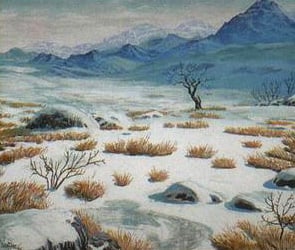
The Withered Heath
The Withered Heath was a valley located somewhere in between the Grey Mountains towards the north-west of Erebor and the north of Mirkwood. Unlike most of the locations on this list, there is little to no speculation needed when discussing what creatures or peoples inhabit these particular lands, as Tolkien himself informs us that it’s none other than the great Dragons of the North that call the Heath their home. It is said that many winged worms had dwelt in the valley for thousands of years, and at some point in the Third Age, they had nearly infested the entirety of the Grey Mountains as a whole.
It is theorized that Smaug himself was one of the Fire-Drakes that dwelt in the Withered Heath, though this remains unconfirmed in the lore.
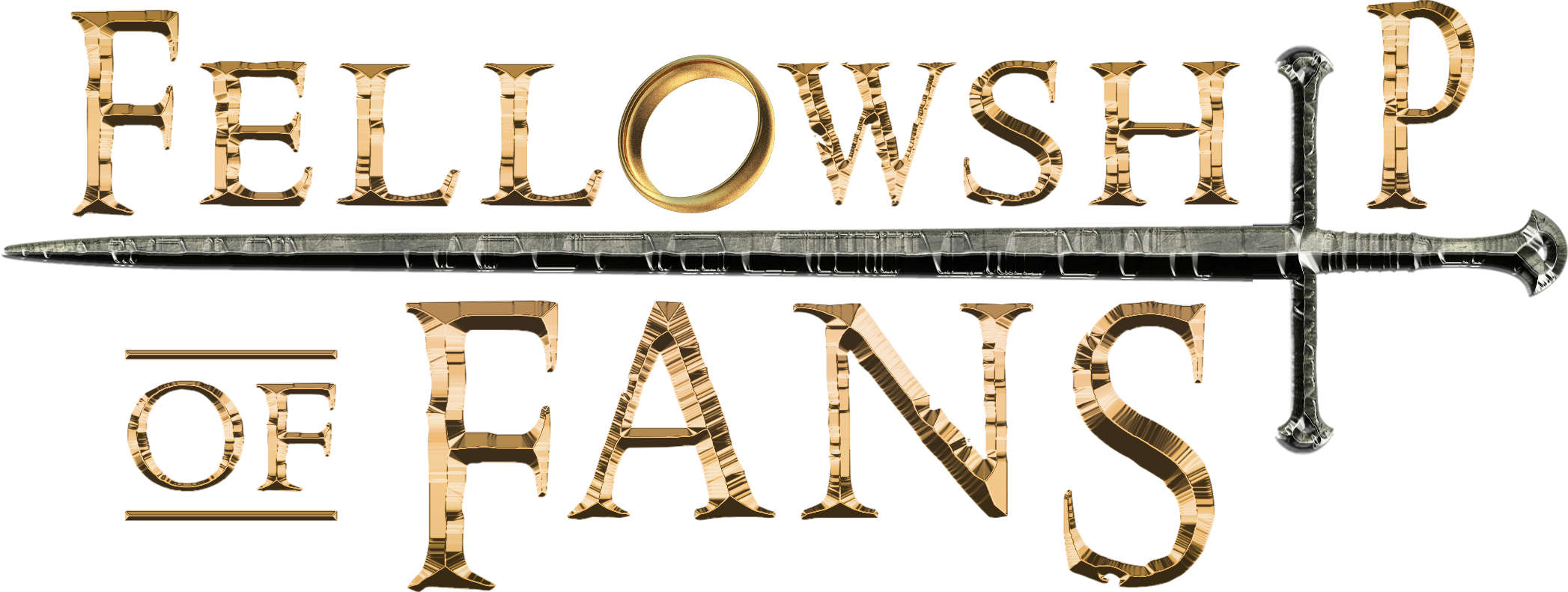
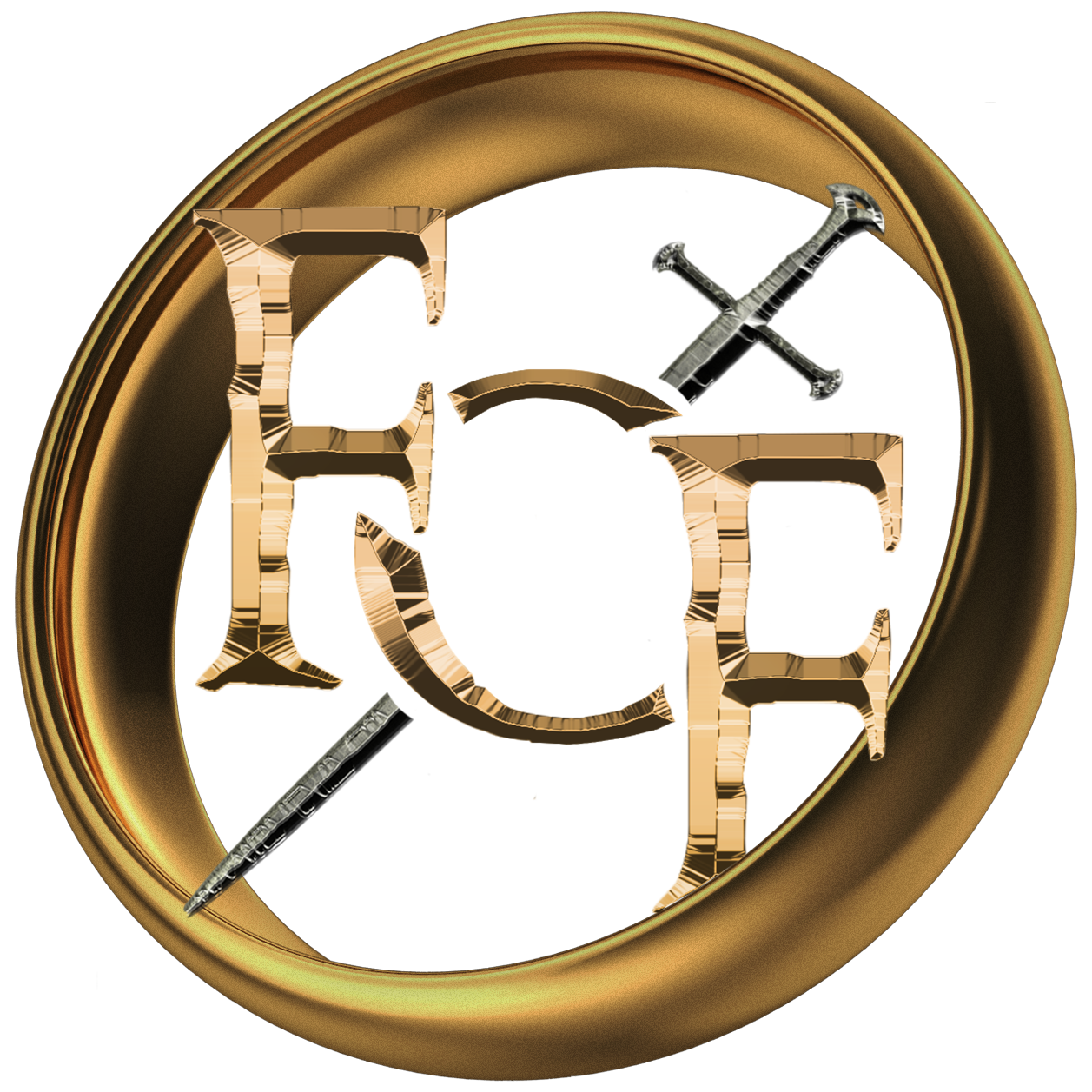


No Comments